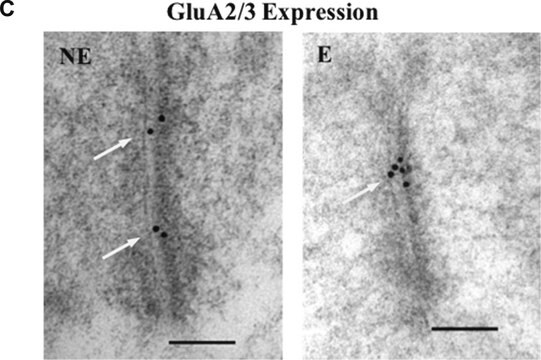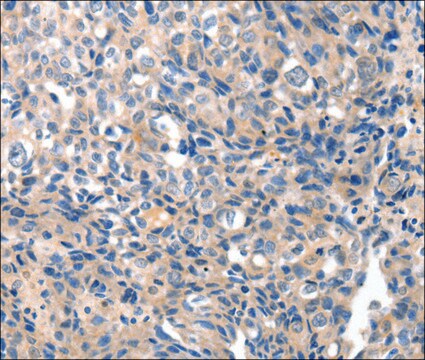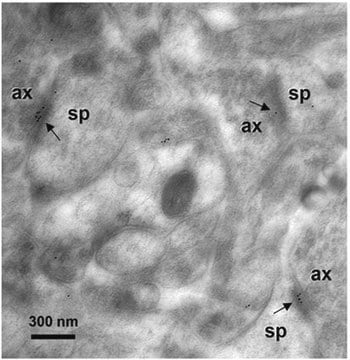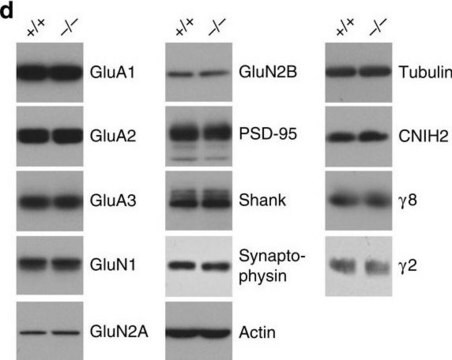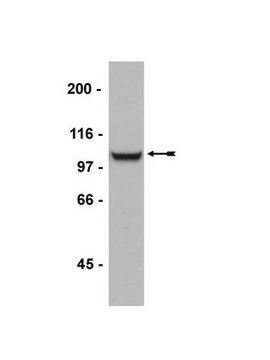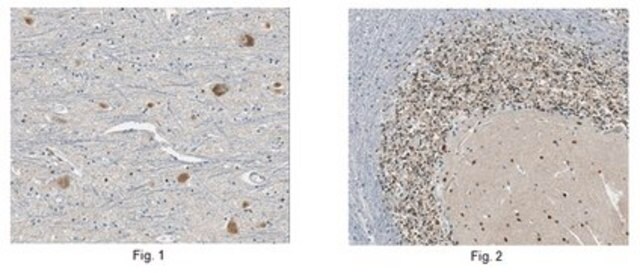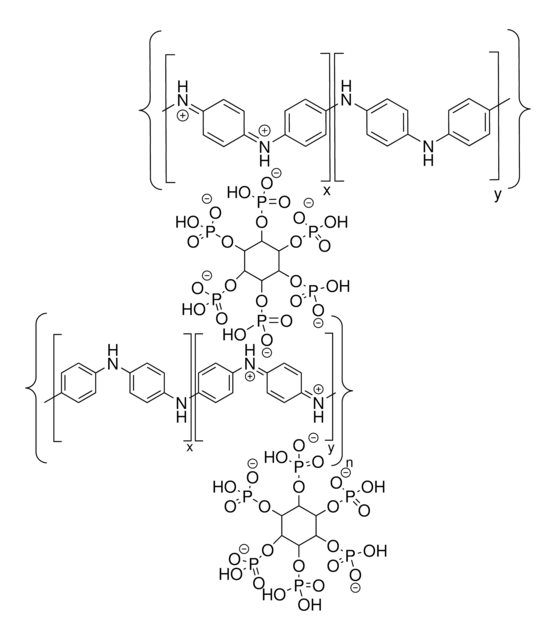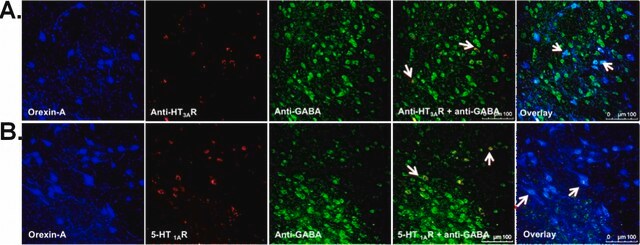AB1508
Anti-Glutamate Receptor 4 Antibody
Chemicon®, from rabbit
Synonym(s):
AMPA-selective glutamate receptor 4, Glutamate receptor ionotropic, AMPA 4, glutamate receptor 4, glutamate receptor, ionotrophic, AMPA 4
About This Item
Recommended Products
biological source
rabbit
Quality Level
antibody form
affinity isolated antibody
antibody product type
primary antibodies
clone
polyclonal
purified by
affinity chromatography
species reactivity
mouse, rat
manufacturer/tradename
Chemicon®
technique(s)
immunocytochemistry: suitable
immunohistochemistry (formalin-fixed, paraffin-embedded sections): suitable
immunoprecipitation (IP): suitable
western blot: suitable
NCBI accession no.
UniProt accession no.
shipped in
wet ice
target post-translational modification
unmodified
Gene Information
human ... GRIA4(2893)
General description
Specificity
Immunogen
Application
Dilutions of 1:10 – 1:500 were tested on rat brain lysate.
Can be used for immunocytochemistry using paraformaldehyde or paraformaldehyde/glutaraldehyde fixed tissue with light and electron microscopy. Cryostat and vibratome sections can be used with or without Triton X-100 treatment. Suggested concentrations start at 1-3 μg/mL.
Western blot analysis can be done at final concentrations of 1-3 μg/mL.
Optimal working dilutions must be determined by end user.
Neuroscience
Neurotransmitters & Receptors
Quality
Western Blotting Analysis: A 1:500 dilution of this antibody detected Glutamate Receptor 4 in mouse and rat brain membrane.
Target description
Linkage
Physical form
Storage and Stability
Handling Recommendations: Upon receipt, and prior to removing the cap, centrifuge the vial and gently mix the solution. Aliquot into microcentrifuge tubes and store at -20°C.
Analysis Note
Rat Brain
Other Notes
Legal Information
Disclaimer
Not finding the right product?
Try our Product Selector Tool.
Storage Class Code
12 - Non Combustible Liquids
WGK
WGK 2
Flash Point(F)
Not applicable
Flash Point(C)
Not applicable
Certificates of Analysis (COA)
Search for Certificates of Analysis (COA) by entering the products Lot/Batch Number. Lot and Batch Numbers can be found on a product’s label following the words ‘Lot’ or ‘Batch’.
Already Own This Product?
Find documentation for the products that you have recently purchased in the Document Library.
Articles
The term neurodegeneration characterizes a chronic loss of neuronal structure and function leading to progressive mental impairments.
Our team of scientists has experience in all areas of research including Life Science, Material Science, Chemical Synthesis, Chromatography, Analytical and many others.
Contact Technical Service